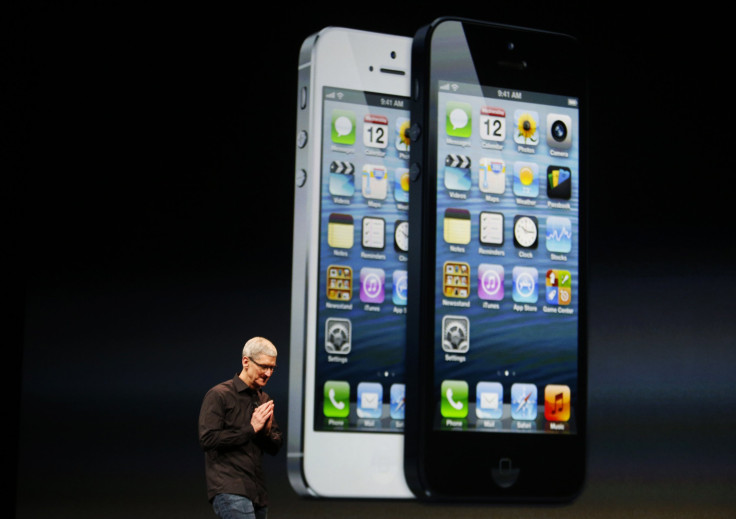Why Apple (AAPL) Isn't The Dow Jones Industrial Average

The Dow Jones Industrial Average dropped Hewlett-Packard, Bank of America and Alcoa from its ranks on Tuesday. In their places came Goldman Sachs (NYSE:GS), Visa Inc. (NYSE:V) and Nike Inc. (NYSE:NKE).
But why not the largest company by market capitalization, the esteemed Apple Inc. (NASDAQ:AAPL)?
Even two years ago, economists and analysts were asking that question. Bloomberg Businessweek’s Roben Farzad uncovered the answer back then, and it's worth revisiting as Apple prepares to roll out a new line of iPhones – reportedly a top-notch iPhone 5s with a fingerprint scanner and a cheaper iPhone 5C – and Dow Jones swaps in new companies for its 117-year-old U.S. economic benchmark.
“Most benchmarks, including the Standard & Poor’s 500-stock index, weight their components by market value, which is the share price times the number of shares outstanding,” Farzad, a veteran contributor to the magazine, wrote. “The Dow uses only one component of that equation: stock price.”
Therefore, even as it was down less than a percentage point as of around noon on Tuesday, Apple’s behemoth $502.22 price would completely dominate the Dow, and even miniscule changes in value would “pretty much make the Dow irrelevant," said Birinyi Associates’ Jeffrey Yale Rubin. "Apple should be in there. But at this price, you can’t just put it in.”
The high stock price would distort the entire index.
Compare it to the newcomers that were added on Tuesday: Nike stock was priced at $66.20, Goldman was trading at $164.83, and Visa was at $183.59 -- none of them anywhere near the $456.21 billion capitalized beast CEO Tim Cook is leading into battle today.
© Copyright IBTimes 2025. All rights reserved.






















